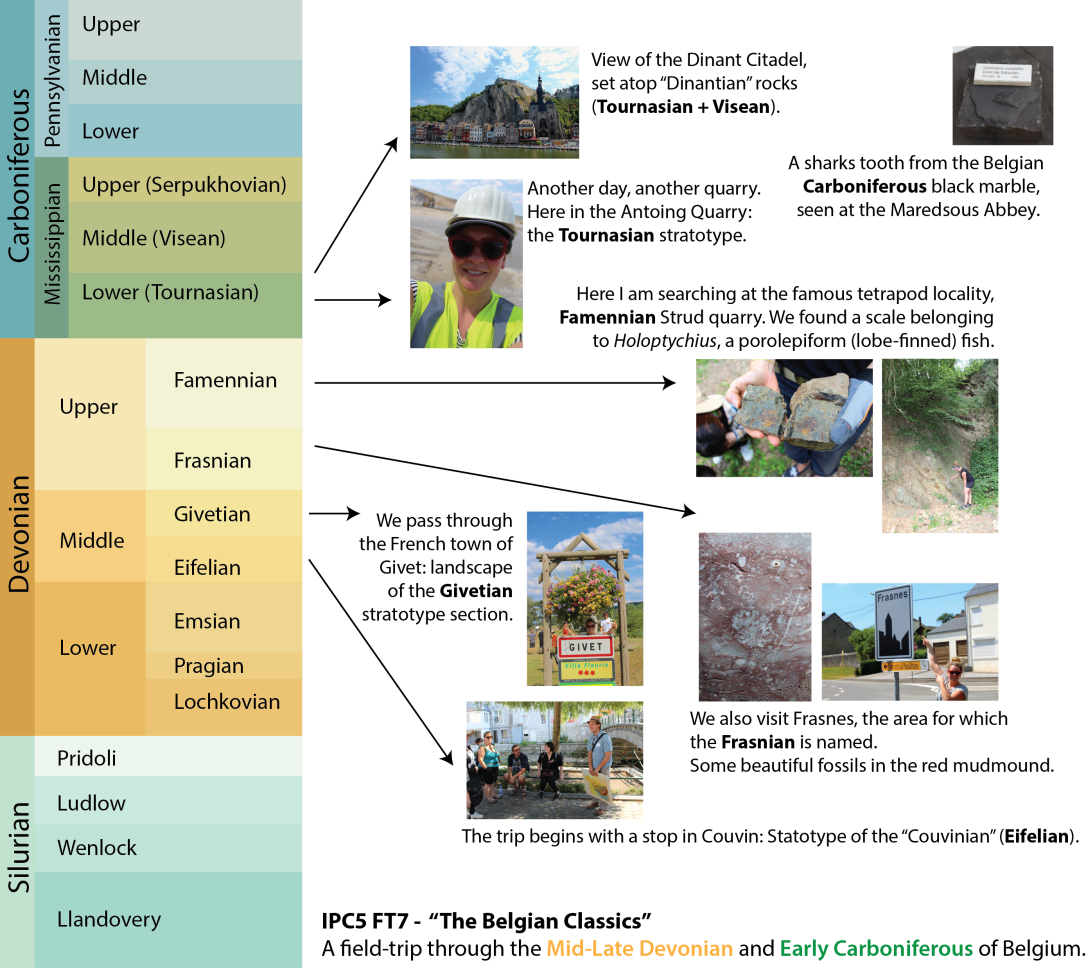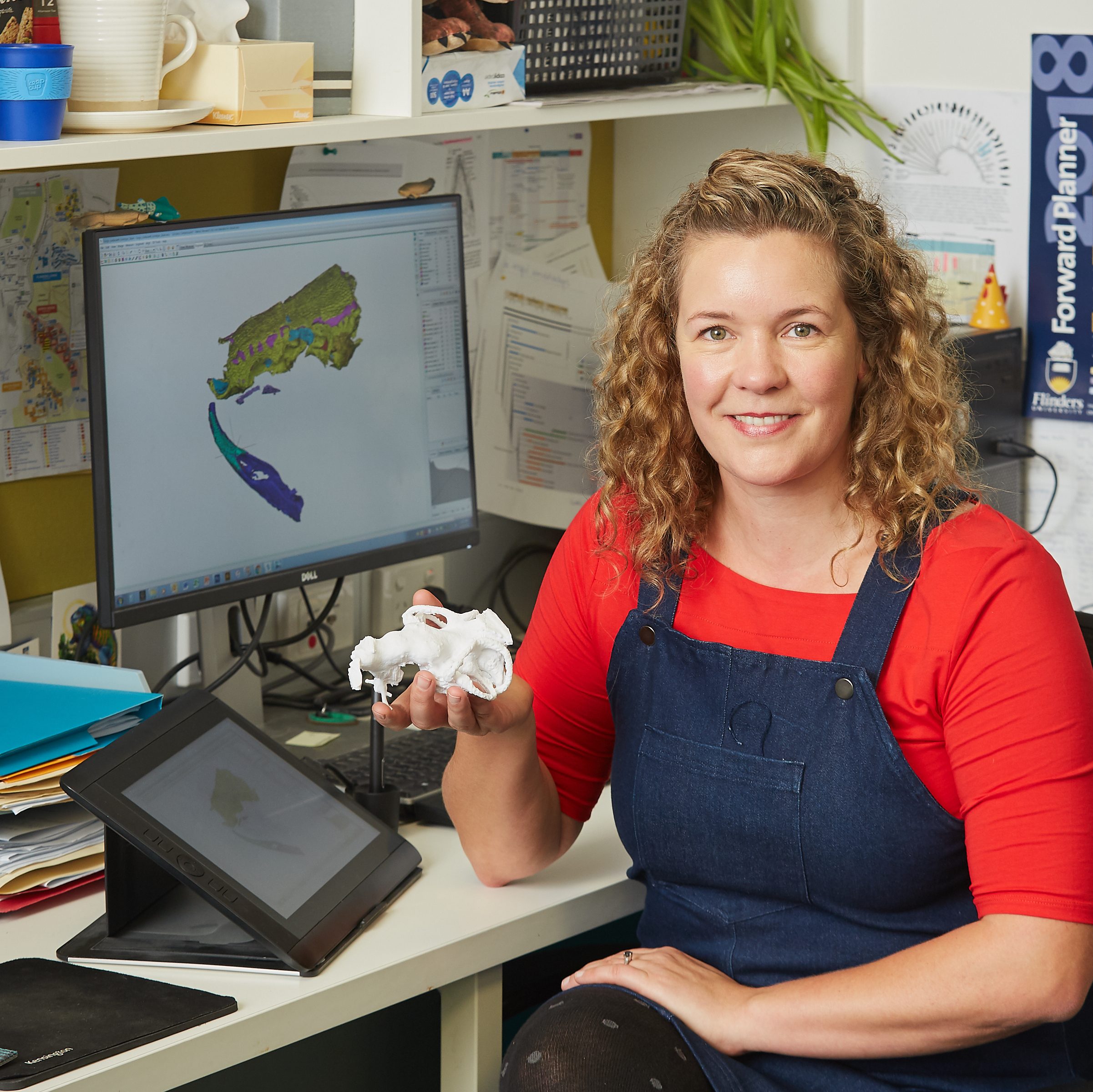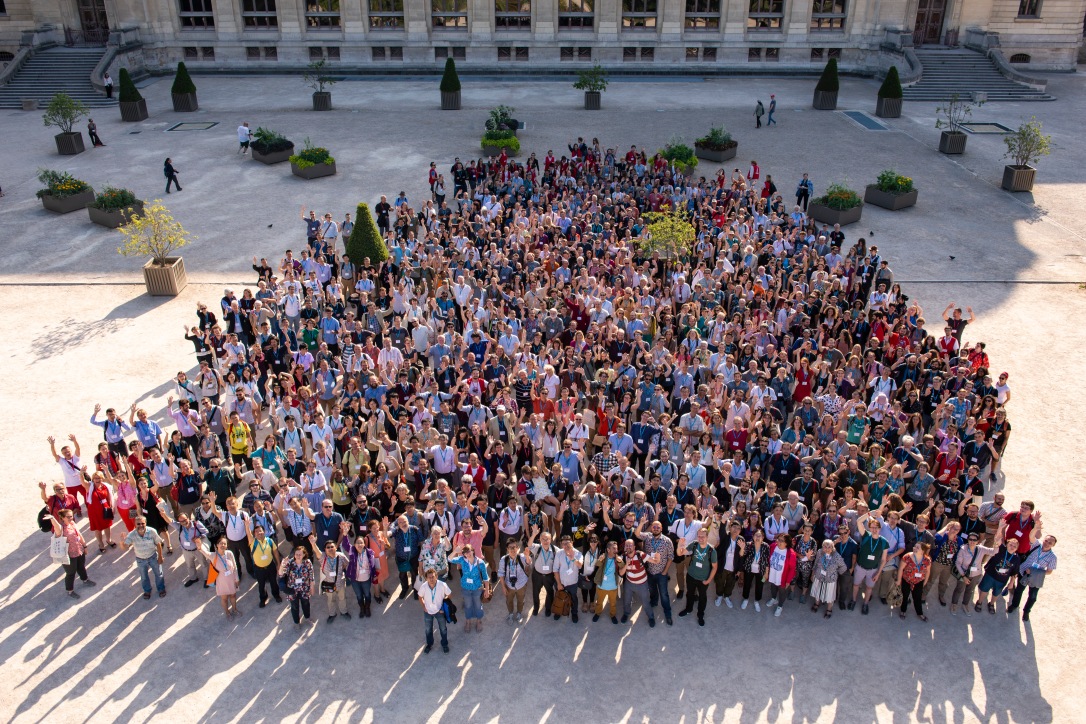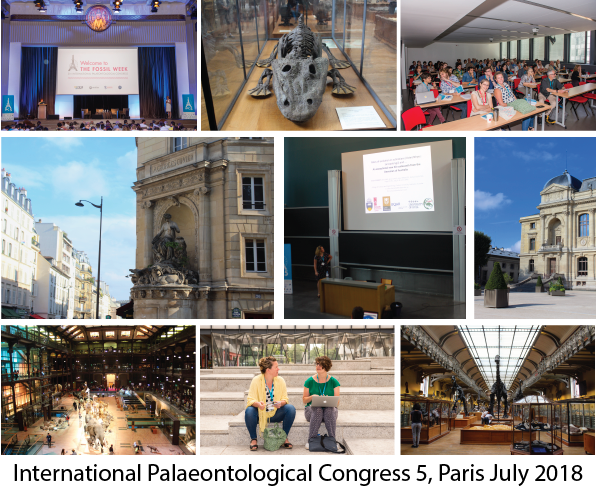If there was ever a perfect destination for a “Beer n’ Bones” review, then Belgium must be it! I recently visited the southern part of Belgium on a field trip organised in conjunction with the 5th International Palaeontological Congress (IPC5) conference I attended in Paris earlier this month. The field trip took us around iconic Mid- and Late Devonian and Early Carboniferous sites in southern Belgium, including Mons, Namur and Liège. However we also passed through places like Chimay and Dinant, homes of some of the most famous Belgian Trappist beers (yum!)
Unfortunately I can’t remember too many details about all the beers I tasted, perhaps something to do with the strength of these delicious brews (often around 8% ABV). However one of my favourites that I do remember was called Orval (and not just because there was a fish on the label!)

Figure 1: Delicious Belgian Trappist beer, and lunchtime refreshments in the field with excursion leader Thomas.
Interestingly, Belgium was apparently the first country to possess a detailed geological map of the entire country. This was likely due in part to the large swathes of Carboniferous deposits, the same rocks that shaped Belgium into one of the wealthiest nations on earth during the Industrial Revolution. I couldn’t help but notice that the Palaeozoic portions of Belgium we traversed correspond almost perfectly with the French-speaking region of Wallonia, whilst the northern section of Flanders where Dutch is spoken is set upon more recent Mesozoic and Cenozoic rocks. No doubt there are some fascinating geo-cultural reasons behind the divide.
As many of you know, my research focuses on the Devonian Period, some 359-419 million years ago. This time period is sometimes described as the “Age of Fishes” as the world’s waters teemed with fish and this is when many of the modern groups first diversified. This field trip was fantastic as we travelled through the Mid to Late Devonian and into the Early Carboniferous – exactly the time period that I am most interested in! We found a lot of brachiopods and beautiful corals, but sadly only a few fish bits.
Some of the highlights were to travel through the towns for which various geological ages are actually named. For example, we visited Givet, Frasnes and Tournai, names that are very familiar to me as the Givetian, Fransian and Tournasian geological ages. However I was most excited to visit the Strud quarry, famous as a Famennian (Late Devonian) tetrapod locality in Belgium. Despite my best hunting efforts, I didn’t find any tetrapod bits, but I did find a scale belonging to a lobe-finned fish called Holoptychius (a porolepiform). The quarry is no longer active, but our visit captured the attention of the local TV and newspaper crews. You can see the story here: http://www.canalc.be/carriere-de-strud-un-site-visite-par-des-paleontologues-du-monde-entier/ . Many, many thanks to the field trip organisers Julien Denayer, Thomas Servais, and Bernard Mottequin for a fabulous few days in the Palaeozoic!

Figure 2: A pictorial journey through the Mid-Late Devonian and Early Carboniferous of southern Belgium.


